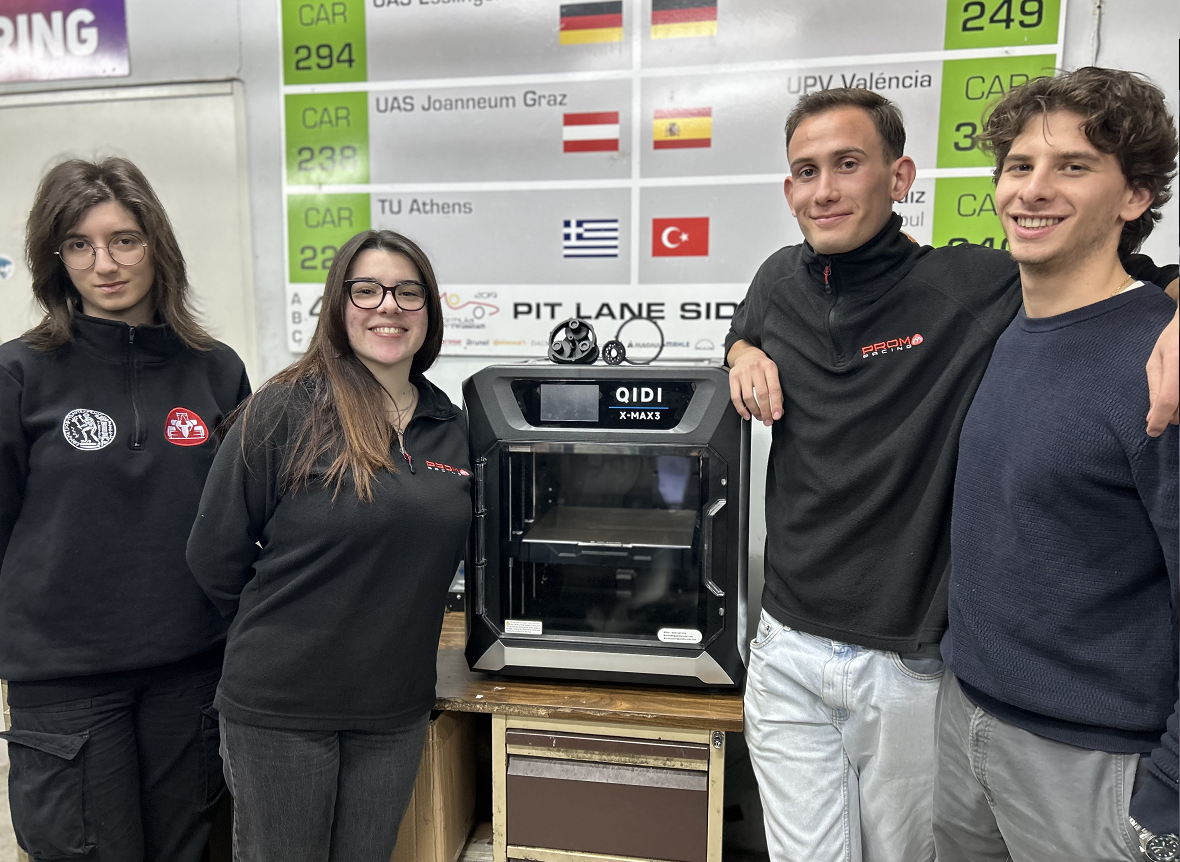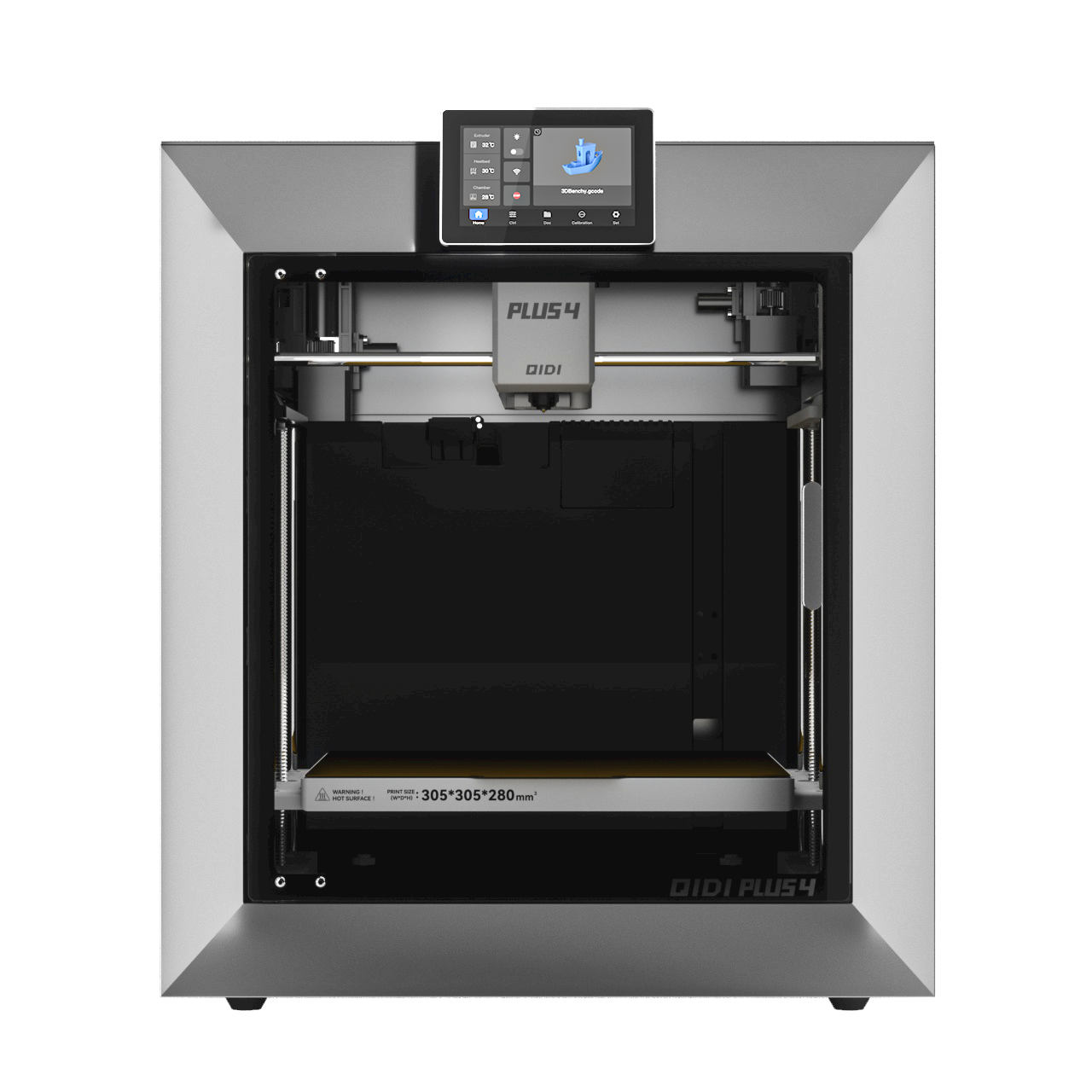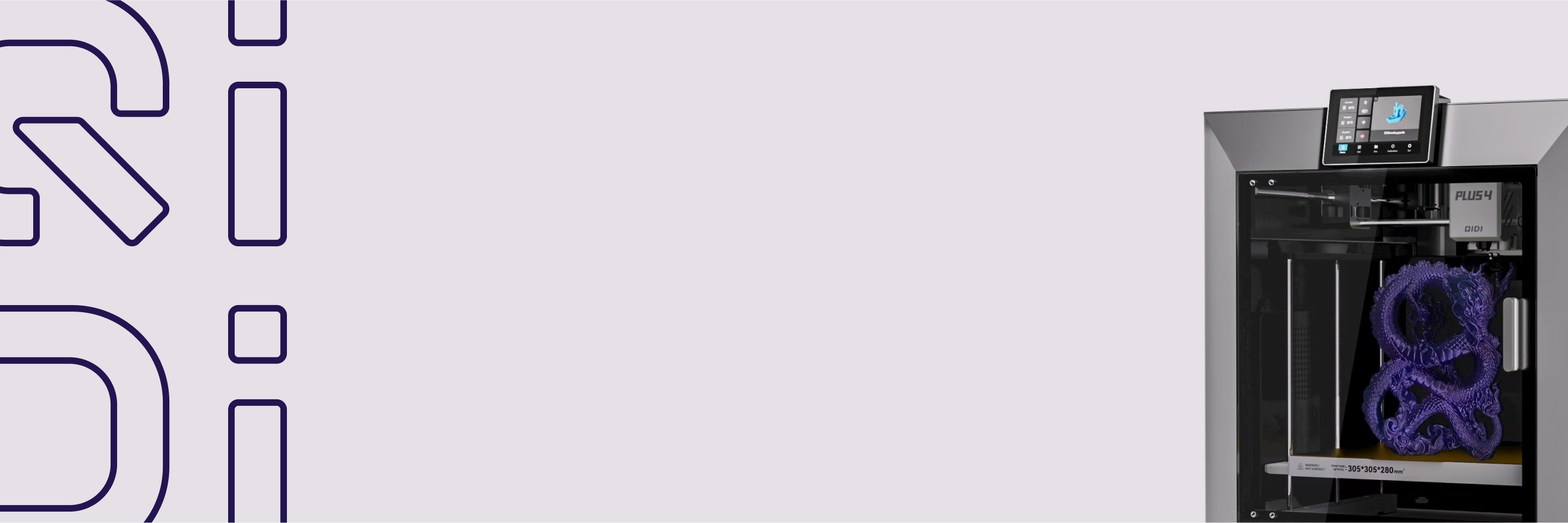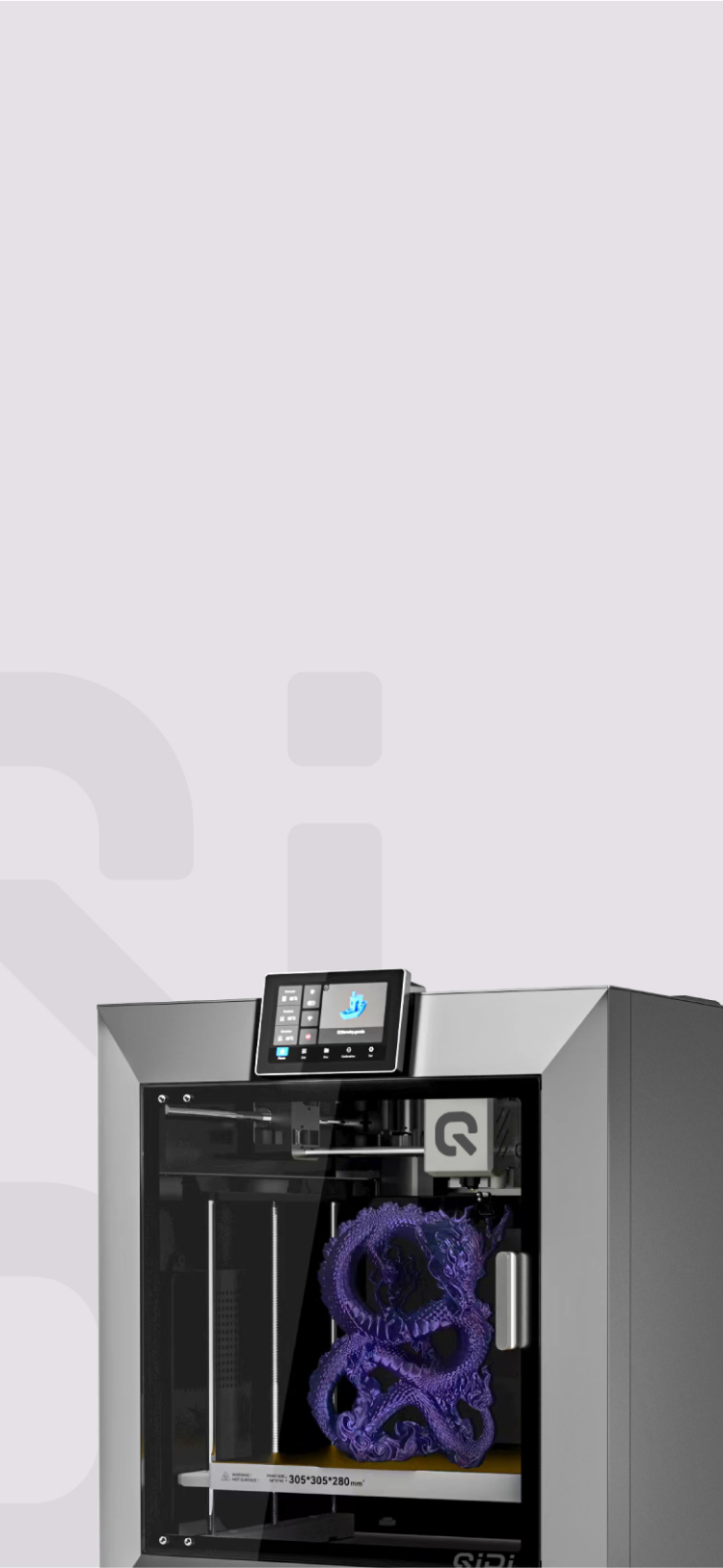Как можно использовать 3D -печать в образовании?


Школы находят новые способы обучения с помощью 3D-принтеров. Ученики начальной школы теперь могут изучать напечатанные модели человеческого тела, а студенты колледжей создают инженерные прототипы. Учителя создают учебные пособия, помогающие объяснять сложные концепции, а ученики учатся, создавая физические объекты, которые можно держать в руках и изучать. Работа с 3D-принтерами помогает ученикам поддерживать интерес и развивать практические навыки. По мере того, как эти принтеры становятся всё более распространёнными в школах, они помогают ученикам лучше связывать уроки в классе с практическими задачами.
Образовательные преимущества 3D-печати
Улучшение понимания сложных тем
Учащиеся получают практические знания, самостоятельно проектируя и создавая объекты. Вместо того, чтобы просто читать о концепциях, они могут проверить свои идеи и увидеть немедленные результаты. Когда ученик печатает зубчатую систему или геометрическую фигуру, он учится методом проб и ошибок, внося коррективы, пока не достигнет желаемого результата.
Лучшее сохранение памяти
Физические модели полезны для учащихся, которые лучше усваивают материал, используя зрительные и тактильные ощущения. Ученик, испытывающий трудности с молекулярными структурами на уроках химии, может рассмотреть модель, напечатанную на 3D-принтере, со всех сторон. Сложные математические концепции становятся понятнее, когда ученики держат в руках распечатанные геометрические фигуры. Этот практический подход особенно помогает учащимся, предпочитающим визуальное и тактильное восприятие, усваивать сложные идеи.
Улучшенные навыки командной работы и общения
Проекты, связанные с 3D-печатью, естественным образом развивают командную работу и навыки решения проблем. Учащиеся работают вместе, чтобы:
- Планирование и проектирование проектов
- Разделите обязанности и ресурсы
- Дайте обратную связь о работе друг друга
- Решить технические проблемы
- Улучшение конструкций на основе результатов испытаний
Благодаря этим групповым занятиям учащиеся развивают ценные навыки общения, критического мышления и управления проектами. Если печать не удалась или дизайн требует доработки, команды учатся анализировать проблемы и вместе находить решения.

Применение на разных уровнях образования
Использование в начальной и средней школе
Учителя начальной школы используют 3D-принтеры Для обучения основам физики с помощью простых механизмов, таких как блоки и рычаги. Учащиеся печатают исторические артефакты, такие как древние инструменты или архитектурные элементы, для уроков истории. На уроках естествознания в средней школе распечатанные модели клеток и ДНК делают уроки биологии более конкретными. Старшеклассники создают топографические карты для географии и печатают молекулярные структуры для химии.
Подача заявлений в колледжи и университеты
Студенты инженерных специальностей создают рабочие прототипы для своих выпускных проектов: от деталей роботов до устройств возобновляемой энергетики. Студенты архитектурных специальностей печатают масштабные модели своих зданий. Студенты-медики создают индивидуальные анатомические модели для хирургической практики. Исследовательские лаборатории используют 3D-печать для создания специализированного оборудования и экспериментальных приборов, недоступных для коммерческого использования.
Программы профессиональной подготовки
Технические училища готовят студентов к работе на современном производстве, обучая их навыкам промышленной 3D-печати. Студенты учатся:
- Эксплуатировать различные типы промышленные принтеры
- Используйте профессиональное программное обеспечение для дизайна
- Обслуживание и ремонт полиграфического оборудования
- Соблюдайте отраслевые стандарты качества
Местные компании сотрудничают с этими программами, предлагая студентам стажировки, где они работают над реальными производственными проектами. Этот непосредственный опыт помогает студентам плавно адаптироваться к работе в промышленности после окончания вуза.
Применение 3D-печати в различных областях
Занятия по естествознанию
Студенты-физики распечатывают волновые модели для изучения поведения звука и света.На уроках химии создаются модели электронных орбиталей для понимания атомная структураНа занятиях по наукам о Земле учащиеся создают поперечные разрезы вулканов и тектонических плит. На занятиях по экологии печатают устройства для отслеживания дикой природы и приборы для мониторинга погоды для полевых исследований.
Математические и инженерные проекты
Учащиеся визуализируют понятия математического анализа, распечатывая 3D-графики сложных функций. Сложная геометрия становится более понятной благодаря печатным моделям, демонстрирующим сечения четырёхмерных фигур. Студенты инженерных специальностей проверяют прочность конструкций, распечатывая и испытывая мосты на прочность. На занятиях по информатике программирование сочетается с 3D-печатью для создания автоматизированных систем и роботов.
Занятия по искусству и дизайну
Студенты-художники сочетают традиционные техники с 3D-печатью для создания уникальных скульптур. На занятиях по дизайну одежды печатают аксессуары на заказ и экспериментальные текстильные конструкции. Студенты-архитекторы исследуют новые формы, используя печатные модели со сложной геометрией. На курсах цифрового искусства студенты учатся:
- Создавайте генеративное искусство с помощью кода и 3D-печати
- Дизайн интерактивные инсталляции
- Создавайте кинетические скульптуры
- Экспериментируйте с новыми материалами и текстурами
Эти проекты помогают учащимся понять связь между цифровым дизайном и физическим творением, одновременно развивая их художественное видение.

Руководство по внедрению 3D-печати в школах
Основные требования к оборудованию и пространству
Бюджет на 2-3 принтеры для начинающих (нравиться
- 4 вентилятора (не менее 200 куб. футов в минуту каждый)
- Огнестойкие шкафы для хранения материалы
- 6-8 компьютерных рабочих мест с Программное обеспечение для 3D-моделирования
- Отдельные зоны для печати, постобработки и хранения проектов
- Аварийный душ и станция промывания глаз
Пошаговое планирование учебной программы
Начните с этих проверенных стартовых проектов:
- Неделя 1-2: Простые геометрические фигуры (время печати 2–3 часа)
- Неделя 3-4: Базовые механические детали (время печати 4-5 часов)
- Неделя 5-6: Многокомпонентные сборки (всего 6–8 часов)
- Неделя 7-8: Индивидуальные дизайн-проекты (всего 10–12 часов)
Отслеживайте успеваемость учащихся, используя стандартизированные критерии оценки навыков проектирования, технических знаний и завершения проектов.
Структурированная программа повышения квалификации учителей
Внедрите трехэтапную систему обучения:
Базовая подготовка (16 часов)
- Эксплуатация и обслуживание принтера
- Основы программного обеспечения (Tinkercad, Fusion 360)
- Протоколы безопасности
- Базовое устранение неполадок
Расширенный семинар (24 часа)
- Сложная модель дизайна
- Печать на нескольких материалах
- Расширенные функции программного обеспечения
- Управление проектом
Постоянная поддержка
- Ежемесячные сессии обмена навыками
- Онлайн-форум для быстрого решения проблем
- Ежеквартальные семинары по продвинутой технике
- Партнерство с местными компаниями 3D-печати для технической поддержки
Успех программы 3D-печати в школе зависит от постоянного обслуживания оборудования и регулярного обновления учебных материалов. Школам следует пересматривать и корректировать стратегии внедрения каждый семестр, основываясь на отзывах преподавателей и данных об успеваемости учащихся.

Проблемы 3D-печати в образовании
Внедрение 3D-печати в школах сопряжено с рядом сложностей, требующих тщательного планирования и креативных решений. Для успешной интеграции технологии 3D-печати в образовательные программы школы должны решать эти проблемы систематически.
Финансовые проблемы
- Ограниченное финансирование для нескольких принтеров в разных классах
- Текущие расходы на материалы по различным предметам
- Требования к заработной плате персонала технической поддержки
- Плата за лицензию на программное обеспечение для целых классов
- Расходы на техническое обслуживание и замену оборудования
Практические задачи обучения
- Длительное время печати противоречит расписанию занятий
- Ограниченный доступ к принтеру для больших классов
- Неудачные отпечатки нарушают планы уроков
- Другой кривые обучения среди студентов
- Место для хранения студенческих проектов
- Управление временем между этапами проектирования и печати
Проблемы интеграции учебной программы
- Согласование проектов 3D-печати со стандартными учебными программами
- Создание справедливых стандартов оценки по всем предметам
- Сохранение актуальности уроков в условиях быстрых изменений технологий
- Поддержание постоянного качества в разных классах
- Обучение новых учителей использованию оборудования
- Разработка резервных планов на случай технических сбоев
Решения и стратегии
- Распределите принтеры между отделами по расписанию
- Сотрудничайте с местными предприятиями для материальной спонсорской поддержки
- Обучить выбранных учителей в качестве технических координаторов
- Используйте бесплатные версии образовательного программного обеспечения
- Планируйте сложные распечатки вне учебных часов
- Создавайте студенческие группы для эффективного использования принтера
- Проводите регулярные совещания по обзору учебной программы
- Установить четкие руководящие принципы и критерии проекта
Регулярная оценка этих проблем и корректировка решений помогут школам поддерживать эффективную программу 3D-печати. Ключ к успеху — создание гибкой системы, способной адаптироваться как к техническому прогрессу, так и к меняющимся образовательным потребностям.
Внедрите 3D-печать в свою школу!
3D-печать открывает широкие возможности для обучения учащихся всех предметов и классов. Хотя создание школьной программы печати требует тщательного планирования и ресурсов, образовательные преимущества весьма существенны. Учащиеся получают более глубокие знания благодаря практическому обучению, развивают технические навыки и лучше готовятся к будущей карьере. Школы, которые грамотно внедряют программы 3D-печати, помогают своим ученикам связать учебные занятия с практическим применением.


 Q2
Q2





